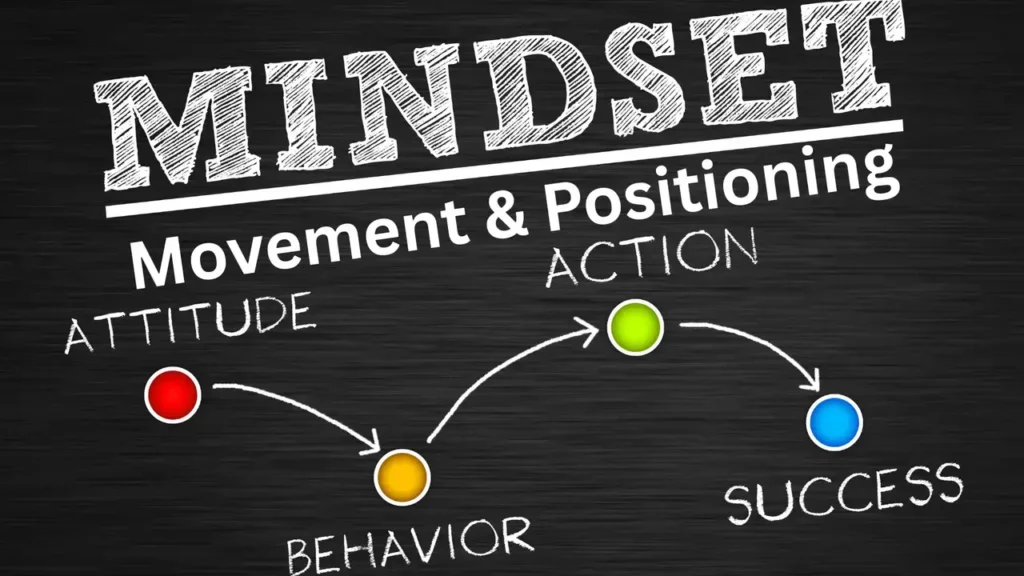Movement & Positioning: Why It Matters and How to Get It Right
Movement & positioning are fundamental aspects of physical health and functional ability. Whether you’re caring for a patient, training as an athlete, or simply looking to improve your posture and mobility, understanding the principles of movement and positioning can prevent injuries, enhance performance, and support overall well-being.
In this article, we’ll explore what movement and positioning mean, why they’re important, and how to implement best practices for everyday activities or specialized care.
What Is Movement and Positioning?
Movement refers to the ability of the body to change position or location. It involves muscles, bones, joints, and the nervous system working in harmony.
Positioning, on the other hand, involves the placement of the body in a specific posture to maintain comfort, prevent complications, and support function.

These concepts are crucial in many fields, including:
- Healthcare and caregiving
- Rehabilitation and physical therapy
- Sports science and fitness
- Workplace ergonomics
Why Is Proper Movement and Positioning Important?
1. Prevents Injury
Incorrect body mechanics can lead to sprains, strains, or long-term musculoskeletal disorders. Proper positioning reduces pressure on joints and tissues, particularly in individuals with limited mobility.
2. Enhances Circulation
Changing positions regularly improves blood flow, reducing the risk of pressure ulcers (bedsores) and deep vein thrombosis, especially in bedridden patients.
3. Promotes Independence
In rehabilitation, encouraging safe movement helps patients regain strength, balance, and confidence.
4. Boosts Comfort and Quality of Life
Correct alignment minimizes discomfort and helps maintain respiratory and digestive function, especially in seated or bedridden individuals.
Key Principles of Safe Movement & Positioning
Use Proper Body Mechanics
- Keep your back straight and lift with your legs.
- Avoid twisting your spine—pivot with your feet instead.
- Maintain a wide base of support for better balance.
Align the Body
- Ensure head, spine, and hips are in a neutral alignment.
- Use support devices like pillows, wedges, or positioning belts when necessary.
Adjust the Environment
- Use adjustable beds, ergonomic chairs, and supportive footwear.
- Keep frequently used items within easy reach to avoid overextension.
Movement and Positioning in Healthcare Settings
In clinical environments, safe patient handling techniques are essential. Tools like slide sheets, hoists, and gait belts assist in transferring patients safely while protecting both the patient and caregiver from injury.
Common patient positions include:
- Supine (lying on the back)
- Prone (lying on the stomach)
- Fowler’s position (semi-sitting)
- Lateral (side-lying)
- Sim’s position (semi-prone, used in certain exams)
Each position serves a specific medical or comfort-related purpose.
Best Practices for Movement & Positioning at Home
- Use supportive pillows to maintain spinal alignment during sleep.
- Practice daily stretches to enhance flexibility and reduce stiffness.
- Maintain ergonomic workspaces to avoid repetitive strain injuries.
Conclution
Proper movement and positioning aren’t just for healthcare professionals—they’re essential skills for anyone looking to maintain physical health, prevent injuries, and improve quality of life.
Whether you’re lifting a loved one, optimizing your desk setup, or recovering from surgery, applying the right techniques ensures safety, comfort, and long-term health.
FAQs
What are the risks of poor movement and positioning?
Risks include muscle strain, pressure sores, joint stiffness, poor circulation, and falls.
How often should a person be repositioned?
Generally, immobile individuals should be repositioned every 2 hours, but this may vary based on medical needs.
Are there tools to help with safe movement?
Yes! Tools like gait belts, transfer boards, and mechanical lifts are widely used in professional and home settings.





